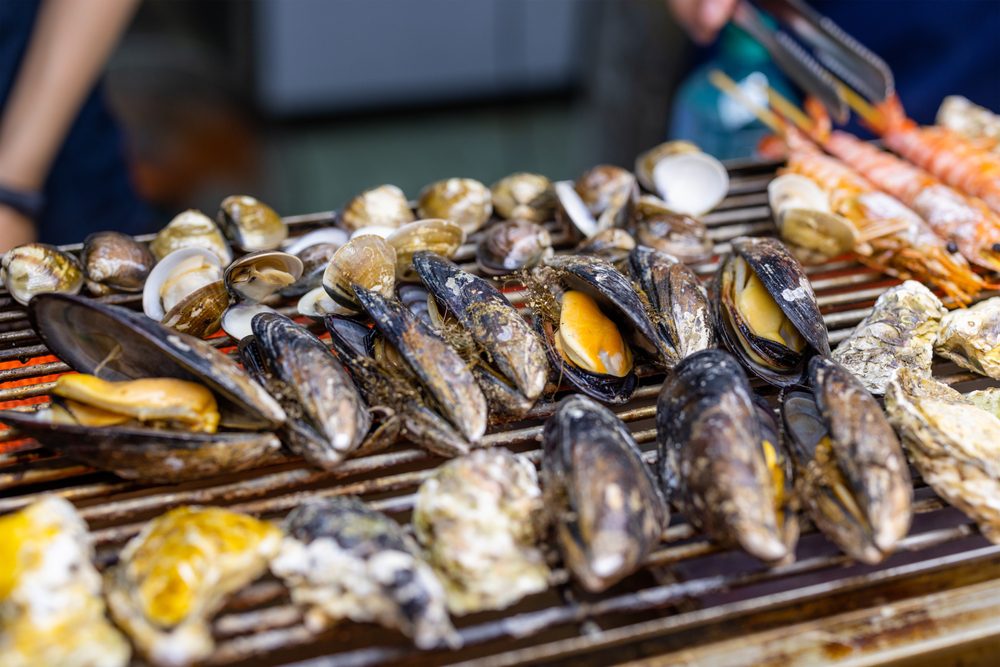Food Safety

AUBURN UNIVERSITY, Ala. – Alabama is home to some of the best seafood in the country. For many, it wouldn’t be summer without getting a taste of fresh Alabama seafood. While taking a trip to the coast is always fun, you can bring the taste of the coast to your own backyard grill.
What’s on the menu?
Alice Moore, an Alabama Cooperative Extension System food safety and quality regional agent, said many of Alabama’s fish, crustaceans and mollusks are perfect for grilling.
“There are many kinds of seafood that are prime candidates for grilling because of their nutritional composition, physical attributes and flavor,” Moore said. “Compared to red meats and poultry, seafood has smaller percentages of skeletal and connective tissues, making it a fast and easy grilling option.”
Some of the common types of seafood used for grilling include flounder, grouper, redfish, oysters and shrimp. A more in-depth list of grillable seafood is in the Alabama Extension publication Grilling Alabama Seafood, available at www.aces.edu.
Make it Fresh
When purchasing seafood, there are several qualities that signal freshness. Moore said using scent is one of the best ways to determine whether a seafood is fresh or not.
“Fresh seafood should not smell fishy, sour or ammonia like,” Moore said. “You will want to choose seafood that has a faint sea smell.”
In addition to scent, there are several visual elements to look for. Fresh seafood should look moist, never slimy or dry around the edges. For fish, their eyes should be clear and well rounded and their gills should be bright red or pink. For mollusks, only buy ones that are alive. Live mollusks will have tightly closed shells. Do not buy ones that have open shells. Moore said crustaceans–such as crabs, prawns and shrimp–also have several elements that denote freshness.
“The tail meat from prawns and shrimp should be uniformly light-colored with no signs of discoloration around the tail joints,” Moore said. “Do not purchase tail meat that is slimy or smelly. Also, fresh soft-shell crabs should have a mild, pleasant scent and a bright color.”
Grilling Techniques
There are several grilling techniques used for seafood. For starters, Moore said the seafood ideally be purchased the day that you plan to grill it.
“Fish, crustaceans and mollusks are among the most perishable muscle proteins,” Moore said. “It is best to grill seafood the day that it is purchased. However, when buying the items ahead of time, be sure to store them in the refrigerator at 32 to 38 degrees Fahrenheit until it is prepared and cooked.”
The following are other grilling techniques that Moore recommends:
- Avoid strong lighter fluids or self-lighting charcoal. Their scents can affect flavors.
- A hot fire (375 to 425 degrees Fahrenheit) is best for cooking seafood.
- Oil the grate and food with vegetable oil or nonstick spray to prevent sticking.
- Use direct heat to cook small, whole or butterflied fish, fish steaks and fillets, kabobs, crustaceans and mollusks.
- Use indirect heat for large whole or stuffed fish.
- Turn most seafoods halfway through cooking time.
More Information
For more information on this and other food-related topics, contact the Alabama Extension food safety and quality regional agent that serves your area.

